I am currently running a playtest for this game system I’m making. This post is meant to tell my players, who are all sitting around with laptops, what the attribute and skill list is.
Attributes:
Body (BOD): How healthy and strong the character is.
Finesse (FIN): How agile and coordinated the character is.
Intuition (INT): How quick-thinking and aware of the world the character is.
Knowledge (KNO): How much the character knows and how quickly they learn.
Charisma (CHA): How commanding the character’s presence is.
Magic (MAG): How mystically inclined the character is.
Skills (with associated attribute in () next to it)
COMBAT SKILLS
Weapons: (FIN)
Weapon Categories: Swords, Knives, Clubs, Axes, Bows, Firearms.
Brawling (BOD)
Improvising (Special)
Dodge (FIN)
PHYSICAL SKILLS
Athletics (BOD)
Slight of Hand (FIN)
Stealth (FIN)
SOCIAL SKILLS
Bluff (CHA)
Negotiation (CHA)
Intimidate (BOD)
Empathy (INT)
Charm (CHA)
WILDERNESS SKILLS
Ride (INT)
Track (INT)
Navigation (KNO)
Handle Animal (INT)
CUNNING SKILLS
Translate (KNO)
Lockpicking (FIN)
Perception (INT)
Alchemy (KNO)
Healing (KNO)
Devices (KNO)
Lore (KNO)
Investigate (INT)
MAGIC SKILLS
Sorcery (KNO)
Elementalism (INT)
Ego (CHA)
Enchantment (KNO)
Kinetics (INT)
Will (CHA)
(The following is unfinished and cannot be picked yet)
Necromancy
Demonology
Traits (UNFINISHED)
All traits are listed as follows: Name (point cost): Description
POSITIVE TRAITS
Chink in the Armor (5): You have a working knowledge of armors, to the extent that you know where to put the knife in order to slip between the metal plates. All piercing weapons have -1 AP in your hands.
Horseman (3): Whether it’s from work on a farm, training as a knight or service as a dragoon, you know your way around horses and other riding animals. You get a +2 competence bonus to all Ride checks, as well as all Handle Animal checks that have to do with horses.
Rage (4): When the battle fury is upon you, no foe can stand in your way. A character with this trait can enter a berserker rage at any point for 1d6 rounds. During the rage state they get +2 to Finesse and Body, but cannot dodge or parry. After the rage ends, the character immediately takes 5 unresisted Stun damage.
Unflappable (2): You are not easily shaken by sudden frights or unfathomable horrors. You get +2 against any fear-based mental attack, including Intimidation attempts.
Rich Upbringing (3): You have mad cash.
Well Equipped (3): You may choose two more pieces of your own gear, or roll on the gear chart four more times.
NEGATIVE TRAITS
Red Right Hand (-4): Something about you immediately identifies you as a villain to the common and superstitious man. Whether it’s a scarred face, thief-marks burned into your skin by a magistrate or some sort of demonic curse, you are pretty much immediately assumed to be the bad guy. All Charisma-based skills are at -2, and NPCs will generally assume you to be evil unless proven otherwise. The local police force, if any, will be twice as likely to single you out of a crowd. On the other hand side, your strange appearance gives you +2 to Intimidate.
Large Ego (-2): You have an inflated ego.
GEAR
Fantasy Grit: Gear
Damage:
Speed:
Reach:
Traits:
Weapons:
BLADES SKILL
Dagger
Damage: 1 + STR/2 Piercing, STR/2 Slashing
Speed: 4
Reach: 0
Traits: Daggers lunge at range 1 instead of 2, and can be thrown range 2 using the throwing weapons skill.
Stiletto
Damage: 1 + STR/2 Piercing
Speed: 3
Reach: 0
Traits: Stilettos lunge at range 1 instead of 2. AP -2
Shortsword
Damage: 2 + STR/2 Piercing, 1 + STR/2 Slashing
Speed: 2
Reach: 0-1
Traits: At range 0, Speed changes to -1.
Longsword
Damage: 3 + STR/2 Piercing, 3 + STR/2 Slashing
Speed: 1
Reach: 1
Traits: None. Standard sword.
Rapier
Damage: 3 + STR/2 Piercing
Speed: 2
Reach: 1
Traits: AP -1
Saber
Damage: 2 + STR/2 Piercing, 4 + STR/2 Slashing
Speed: 1
Reach: 1
Traits: None.
Cutlass
Damage: 1 + STR/2 Piercing, 5 + STR/2 Slashing
Speed: -1
Reach: 1
Traits: None.
Greatsword
Damage: 6 + STR/2 Slashing, Piercing, 2 + STR/2 Impact
Speed: -4
Reach: 1
Traits: Can only be used if your Strength is 4 or higher. If the target attempts to parry an attack by this weapon, add the Speed penalty to the dice pool instead of subtracting it unless they are parrying with another weapon that has this trait.
POLEARMS SKILL
Any polearm may also deal Impact if the butt end is used as a bludgeon.
Shortspear
Damage: 4 + STR/2 Piercing, 1 + STR/2 Slashing
Speed: 0
Reach: 1-2
Traits: Polearm bludgeon 1 + STR/2
Pike
Damage: 4 + STR/2 Piercing
Speed: -3
Reach: 2-3
Traits: Polearm bludgeon STR/4
Halberd
Damage: 3 + STR/2 Piercing, 2 + STR/2 Slashing
Speed: -2
Reach: 1-2
Traits: Polearm Bludgeon 1 + STR/2
Glaive
Damage: 2 + STR/2 Piercing, 3 + STR/2 Slashing
Speed: -1
Reach: 1-2
Traits: Polearm Bludgeon 1+ STR/2
CLUBS SKILL
Mace
Damage: 1 + STR Impact
Speed: -1
Reach: 1
Traits: If the target attempts to parry an attack by this weapon, add the Speed penalty to the dice pool instead of subtracting it unless they are parrying with another weapon that has this trait.
Morningstar
Damage: 1 + STR Impact and 2 Piercing (this damage is dealt together)
Speed: -2
Reach: 1
Traits: If the target attempts to parry an attack by this weapon, add the Speed penalty to the dice pool instead of subtracting it unless they are parrying with another weapon that has this trait.
Warhammer
Damage: 3 + STR Impact
Speed: -4
Reach: 1
Traits: If the target attempts to parry an attack by this weapon, add the Speed penalty to the dice pool instead of subtracting it unless they are parrying with another weapon that has this trait.
Quarterstaff
Damage: 2 + STR/2 Impact
Speed: -1
Reach: 1-2
Traits:
OTHER MELEE
Battleaxe
Damage: 6 + STR/2 Slashing
Speed: -3
Reach: 1
Traits: If the target attempts to parry an attack by this weapon, add the Speed penalty to the dice pool instead of subtracting it unless they are parrying with another weapon that has this trait.
Hand Ax
Damage: 3 + STR/2 Slashing
Speed: -2
Reach: 1
Traits: Can be thrown at range 2 for 3 + STR/4 Slashing.
RANGED WEAPONS
Damage:
Accuracy:
Range:
Traits:
BOWS
Longbow
Damage: 4 + STR/2 Piercing
Accuracy: 0
Range: 180 ft
Traits: AP -1. Cannot be used on a horse, while prone, or in cluttered environments. Gets a -2 Accuracy penalty instead of a bonus at range 2, and cannot be used at range 1 under any circumstances.
Shortbow
Damage: 3 + STR/3 Piercing
Accuracy: 0
Range: 60 ft
Traits: Cannot be used while prone. No penalty for being used while on horseback.
Crossbow
Damage: 4 Piercing
Accuracy: 0
Range: 50ft
Traits: AP -2. At point-blank range (range 2), this increases to -5.
Hand Crossbow
Damage: 2 Piercing
Accuracy: 0
Range: 5 ft
Traits: Can be used at range 1 with no penalty.
FIREARMS
Misfire and Accuracy Modifier by Mechanism
Matchlock: 6, -4
Wheellock: 5, -3
Snaplock: 4, -2
Flintlock: 3, -1
Emberlock: 2, 0
Derringer
Damage: 2 Piercing
Accuracy: By mechanism
Range: 5 ft
Traits: +4 to conceal this weapon. Can be used at range 1 without penalty.
Pistol
Damage: 5 Piercing
Accuracy: By mechanism
Range: 10 ft
Traits: AP -1. Can be used at range 1 without penalty.
Musket
Damage: 7 Piercing
Accuracy:
Range: 30 ft
Traits: AP -2. Gets a -2 Accuracy penalty at range 2 instead of the point-blank bonus.
Rifle
Damage: 7 Piercing
Accuracy:
Range: 50 ft
Traits: AP -2. Gets a -3 Accuracy penalty at range 2 instead of the point-blank bonus. Takes longer to reload than a standard firearm.
Carbine Musket
Damage: 6 Piercing
Accuracy:
Range: 20 ft
Traits: AP -2. No penalty for being used on horseback.
Blunderbuss
Damage: 7 Piercing
Accuracy:
Range: 10 ft
Traits: Can hit everyone in a cone in front of the shooter. Range penalties are -6 instead of -2. AP +2
Dragon Gun
Damage: 8 Impact
Accuracy:
Range:
Traits: AP -3
WEAPON MODIFICATIONS
Melee Weapons
Custom Grip: The hilt or handle of this weapon is shaped specially to fit your hand, giving you +1 die to all actions performed with the weapon.
Break Down: The weapon can be broken down into component parts, which can then be hidden and carried separately. The weapon takes 3 turns to put back together.
Brace Bar: (Spears only) A metal bar is added at the base of the blade, interfering with people trying to reach your precious body. -1 Speed, +2 dice to intercept charge attacks or lunges.
Hand Guard: (Blades only) Metal curves over your hand, protecting your fingers from impacts and sharp things. -2 Speed, +2 against disarm attempts. Also, you may now punch people with the guard for STR/2 Impact damage.
Barbed: (Bladed only) The blade of this weapon has barbs that tear through flesh. +1 Slashing damage, +2 Piercing, but parry attempts gain +2 dice.
Ranged Weapons
High Tension: (Crossbows Only) The string of the weapon is replaced by one made of corded steel wire, and the arms reinforced. +2 damage, but the weapon takes a full extra turn to reload.
ARMOR
P/S/I:
Mobility:
Traits:
Ordinary Clothing
P/S/I: 0/1/0
Mobility:
Traits:
Leather Armor
P/S/I: 2/3/2
Mobility: 0
Traits:
Chainmail Shirt
P/S/I: 3/5/3
Mobility: -1
Traits:
Padded Armor
P/S/I: 2/3/3
Mobility: 0
Traits:
Plate Mail
P/S/I: 7/9/5
Mobility: -4
Traits:
Scale Mail
P/S/I: 6/7/4
Mobility: -3
Traits:
Full Plate
P/S/I: 12/12/9
Mobility: -6
Traits:
Breastplate
P/S/I: 5/5/3
Mobility: -2
Traits:
SHIELDS
P/S/I:
Mobility:
Traits:
Buckler
P/S/I: +2/+2/+1
Mobility: 0
Traits: Can be used to parry
Wooden Round
P/S/I: +3/+3/+2
Mobility: -2
Traits:
Kite Shield
P/S/I: +3/+4/+3
Mobility: -4
Traits:
ARMOR MODIFICATIONS
Lance Cup: (Round and Kite Shields only) Gives the shield a notch to balance a lance on in order to stabilize it. +2 to charge attacks on horseback with a lance.




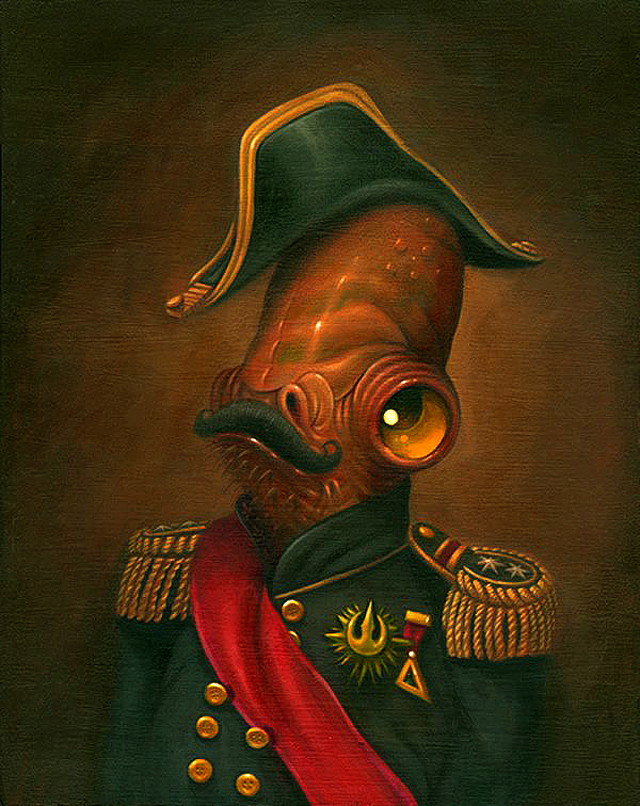
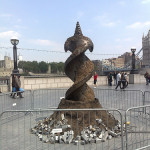


























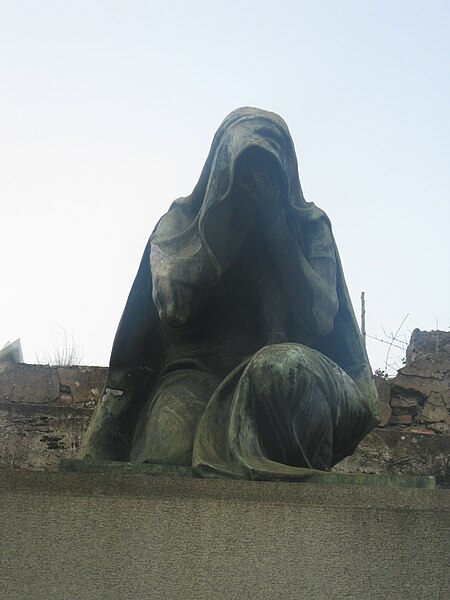


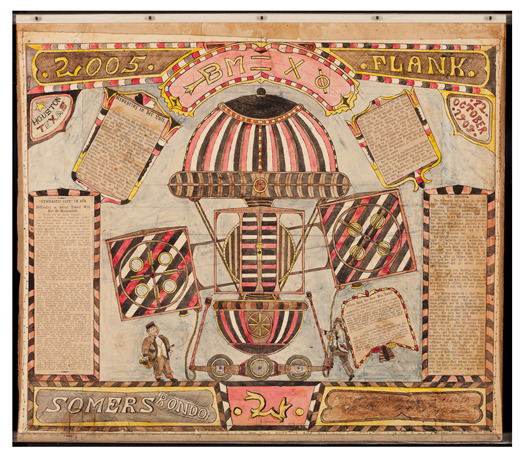
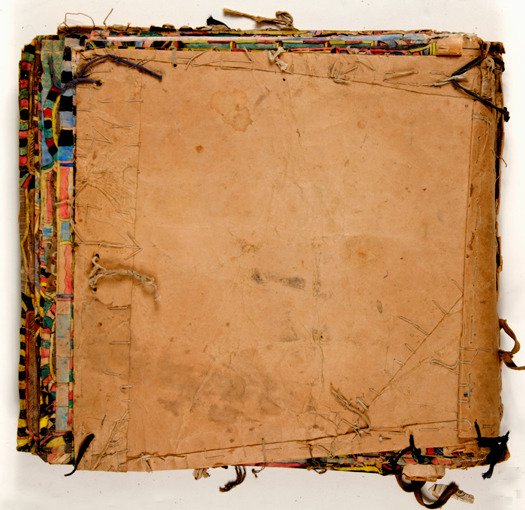 He began with three books entitled Recollections which purported to describe a secret organization called the Sonora Aero Club. Dellschau described his duties in the club as that of the draftsman. Within his collaged watercolors were newspaper clippings (he called them “press blooms”) of early attempts at flight overlapped with his own fantastic drawings of airships of all kind. Powered by a secret formula he cryptically referred to as “NB Gas” or “Suppa” — the “aeros” (as Dellscahu called them) were steampunk like contraptions with multiple propellers, wheels, viewing decks and secret compartments. Though highly personal, autobiographical (perhaps!), and idiosyncratic, these artworks could cross-pollinate with the fiction of Jules Verne, Willy Wonka and the Wizard of Oz. The works were completed in a furiously creative period from 1899 to 1923, when air travel was still looked at by most people as almost magical. Newspapers of that period were full of stories about air travel feats and the acrobatic aerial dogfights of WWI were legend.
He began with three books entitled Recollections which purported to describe a secret organization called the Sonora Aero Club. Dellschau described his duties in the club as that of the draftsman. Within his collaged watercolors were newspaper clippings (he called them “press blooms”) of early attempts at flight overlapped with his own fantastic drawings of airships of all kind. Powered by a secret formula he cryptically referred to as “NB Gas” or “Suppa” — the “aeros” (as Dellscahu called them) were steampunk like contraptions with multiple propellers, wheels, viewing decks and secret compartments. Though highly personal, autobiographical (perhaps!), and idiosyncratic, these artworks could cross-pollinate with the fiction of Jules Verne, Willy Wonka and the Wizard of Oz. The works were completed in a furiously creative period from 1899 to 1923, when air travel was still looked at by most people as almost magical. Newspapers of that period were full of stories about air travel feats and the acrobatic aerial dogfights of WWI were legend.


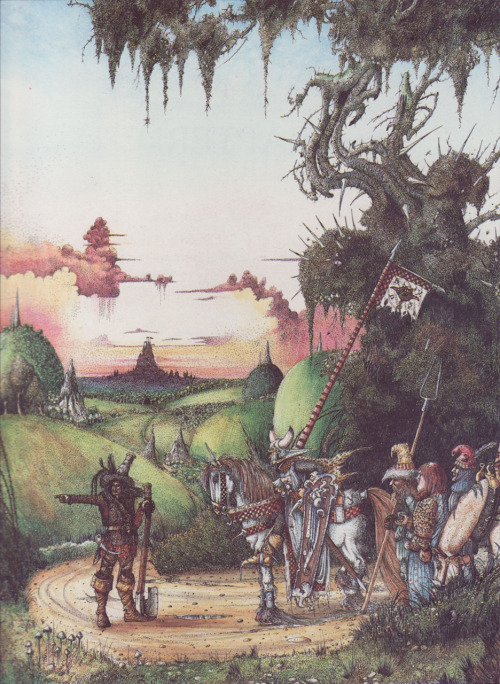

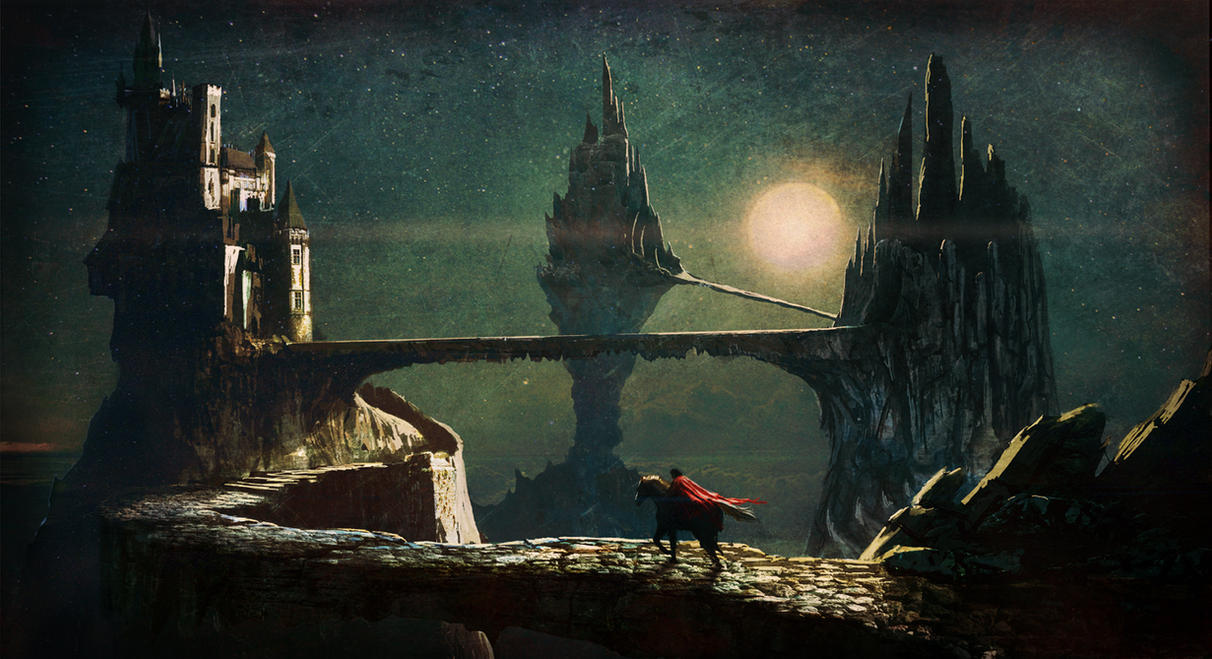



















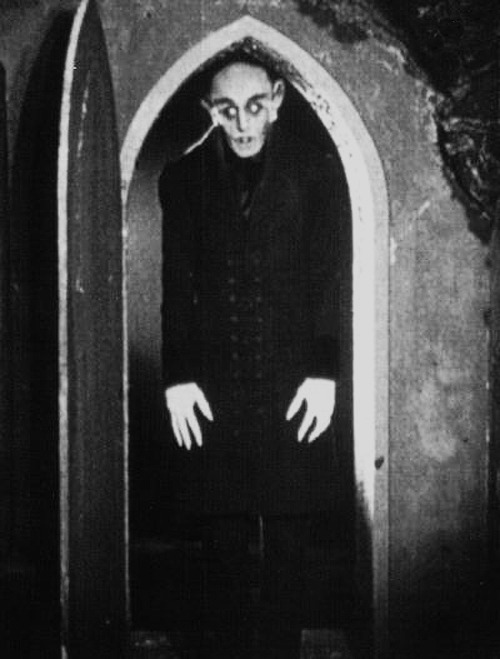
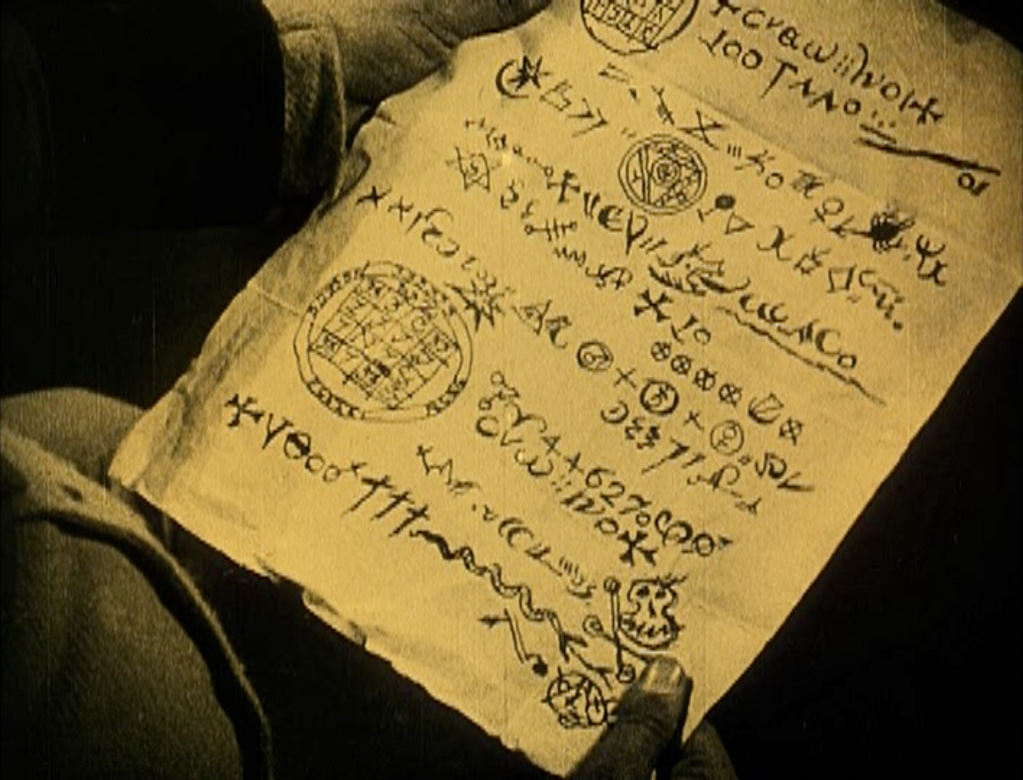















 Bialetti Moka Pot
Bialetti Moka Pot


